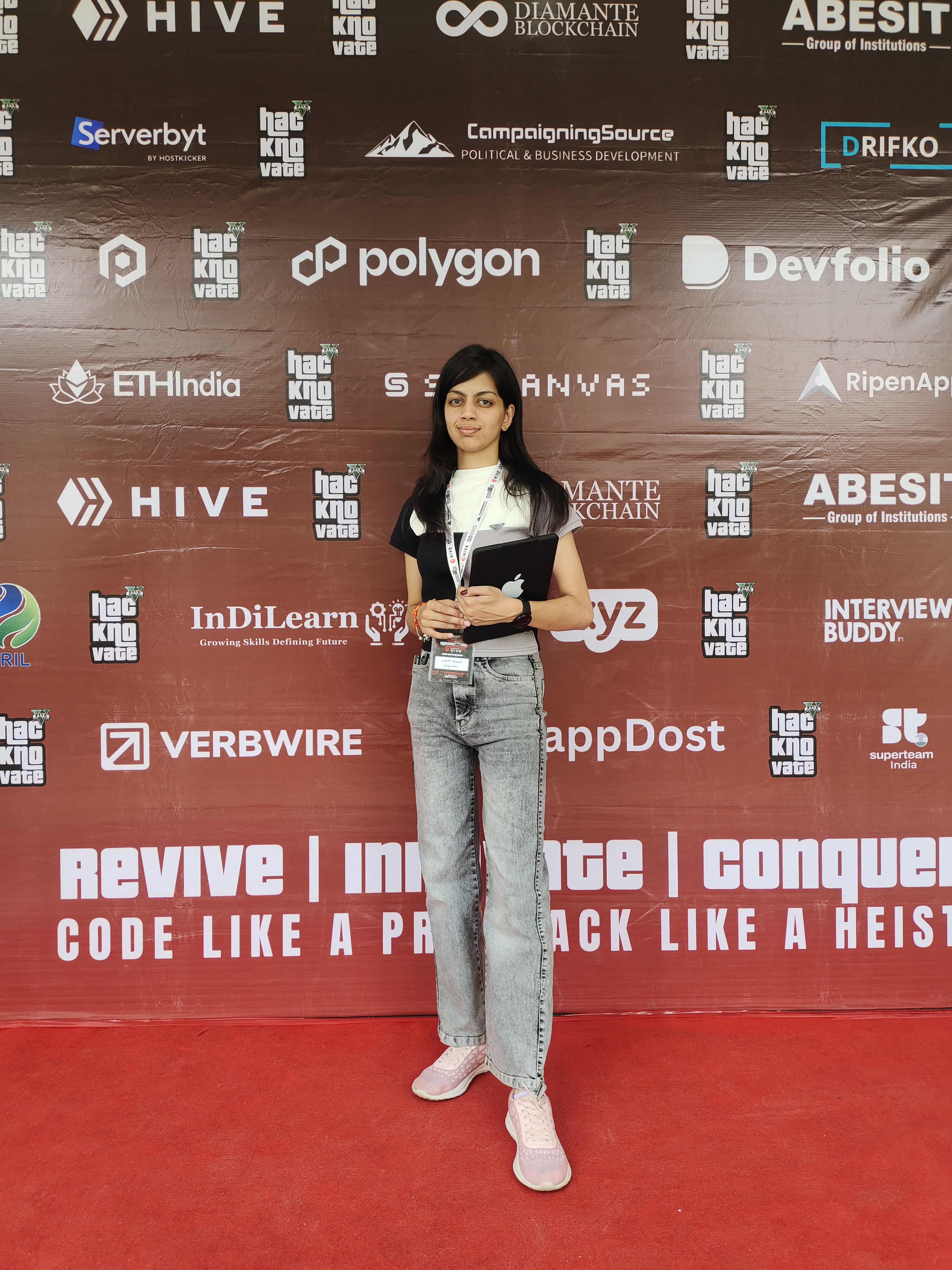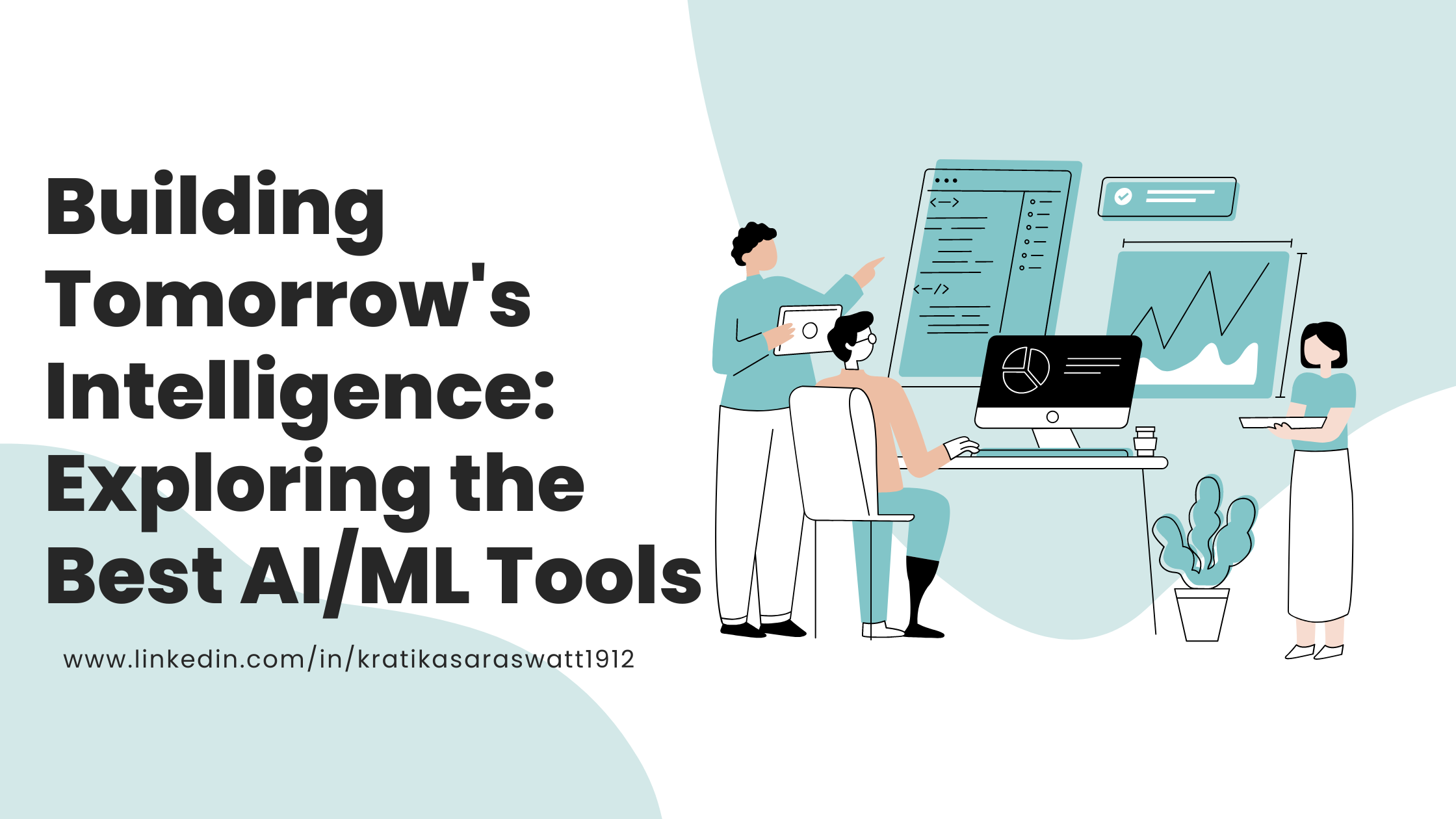Building Tomorrow's Intelligence: Exploring the Best AI/ML Tools
 Kratika Saraswat
Kratika Saraswat
Artificial Intelligence (AI) and Machine Learning (ML) have become central to modern technology, driving innovations across various sectors. For developers and data scientists, selecting the right framework is crucial to efficiently build, train, and deploy models. This blog provides a comprehensive overview of some of the most popular AI/ML frameworks available today.
1. TensorFlow
Overview: Developed by Google Brain, TensorFlow is an open-source framework widely used for building ML and deep learning models. It's known for its flexibility and scalability, making it suitable for both research and production.
Key Features:
Versatility: Supports various platforms, including desktops, mobile devices, and web.
Ecosystem: Extensive ecosystem with TensorFlow Extended (TFX) for production ML pipelines and TensorFlow Lite for mobile and IoT.
Community Support: Large and active community, with comprehensive documentation and numerous tutorials.
Use Cases:
Image and speech recognition
Natural language processing (NLP)
Predictive analytics
2. PyTorch
Overview: PyTorch, developed by Facebook's AI Research lab, has gained popularity for its dynamic computational graph and ease of use, particularly in the research community.
Key Features:
Dynamic Computation Graphs: Enables flexibility by building graphs on-the-fly, making debugging easier.
Integration: Seamlessly integrates with Python, allowing for easy implementation and experimentation.
TorchScript: Facilitates transitioning from research to production by enabling model serialization.
Use Cases:
Computer vision
Reinforcement learning
Generative models
3. Keras
Overview: Keras is an open-source neural network library written in Python. It acts as an interface for TensorFlow and is known for its user-friendly API, which simplifies building and training models.
Key Features:
Simplicity: Intuitive and concise API, ideal for beginners and rapid prototyping.
Modularity: Modular architecture that allows for easy extension and integration.
Compatibility: Compatible with other frameworks like Microsoft Cognitive Toolkit (CNTK) and Theano.
Use Cases:
Rapid prototyping
Educational purposes
Small to medium-sized datasets
4. Scikit-learn
Overview: Scikit-learn is a free machine learning library for Python, built on NumPy, SciPy, and matplotlib. It is designed for classical machine learning algorithms.
Key Features:
Comprehensive Toolkit: Includes tools for data preprocessing, classification, regression, clustering, and model selection.
Integration: Easily integrates with other scientific Python libraries.
User-Friendly: Simple and efficient tools for data mining and data analysis.
Use Cases:
Classification and regression
Clustering and dimensionality reduction
Model selection and evaluation
5. Microsoft Cognitive Toolkit (CNTK)
Overview: Developed by Microsoft, CNTK is an open-source deep-learning framework that emphasizes performance and scalability.
Key Features:
Efficiency: Highly efficient and scalable, suitable for large datasets.
Flexibility: Supports both low-level and high-level APIs.
Interoperability: Can be used as a library in Python, C++, and other languages.
Use Cases:
Speech recognition
Image recognition
Text processing
6. Apache MXNet
Overview: Apache MXNet is a deep learning framework designed for efficiency and flexibility. It is highly scalable and supports a wide range of languages.
Key Features:
Scalability: Optimized for both single-machine and distributed environments.
Language Support: Supports multiple programming languages, including Python, Scala, and Julia.
Performance: Optimized for high performance on both GPUs and CPUs.
Use Cases:
Large-scale deep learning
Real-time prediction services
Research and development
Selecting the right AI/ML framework depends on your specific needs, expertise level, and project requirements. TensorFlow and PyTorch are excellent for deep learning and extensive research, while Keras is ideal for beginners and rapid prototyping. Scikit-learn remains a go-to for classical machine learning tasks, and frameworks like CNTK and MXNet are preferred for high-performance and scalable solutions.
By understanding the strengths and use cases of each framework, you can make an informed decision to best support your AI/ML projects. Whether you are developing cutting-edge research or building robust production systems, these frameworks offer the tools and capabilities to turn your AI ambitions into reality.
Subscribe to my newsletter
Read articles from Kratika Saraswat directly inside your inbox. Subscribe to the newsletter, and don't miss out.
Written by
